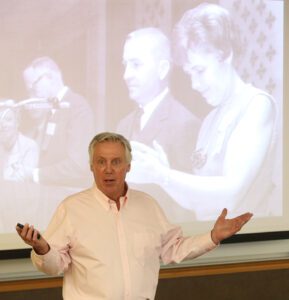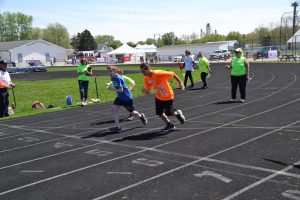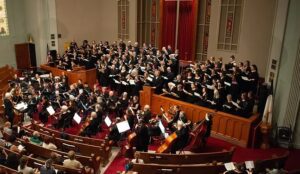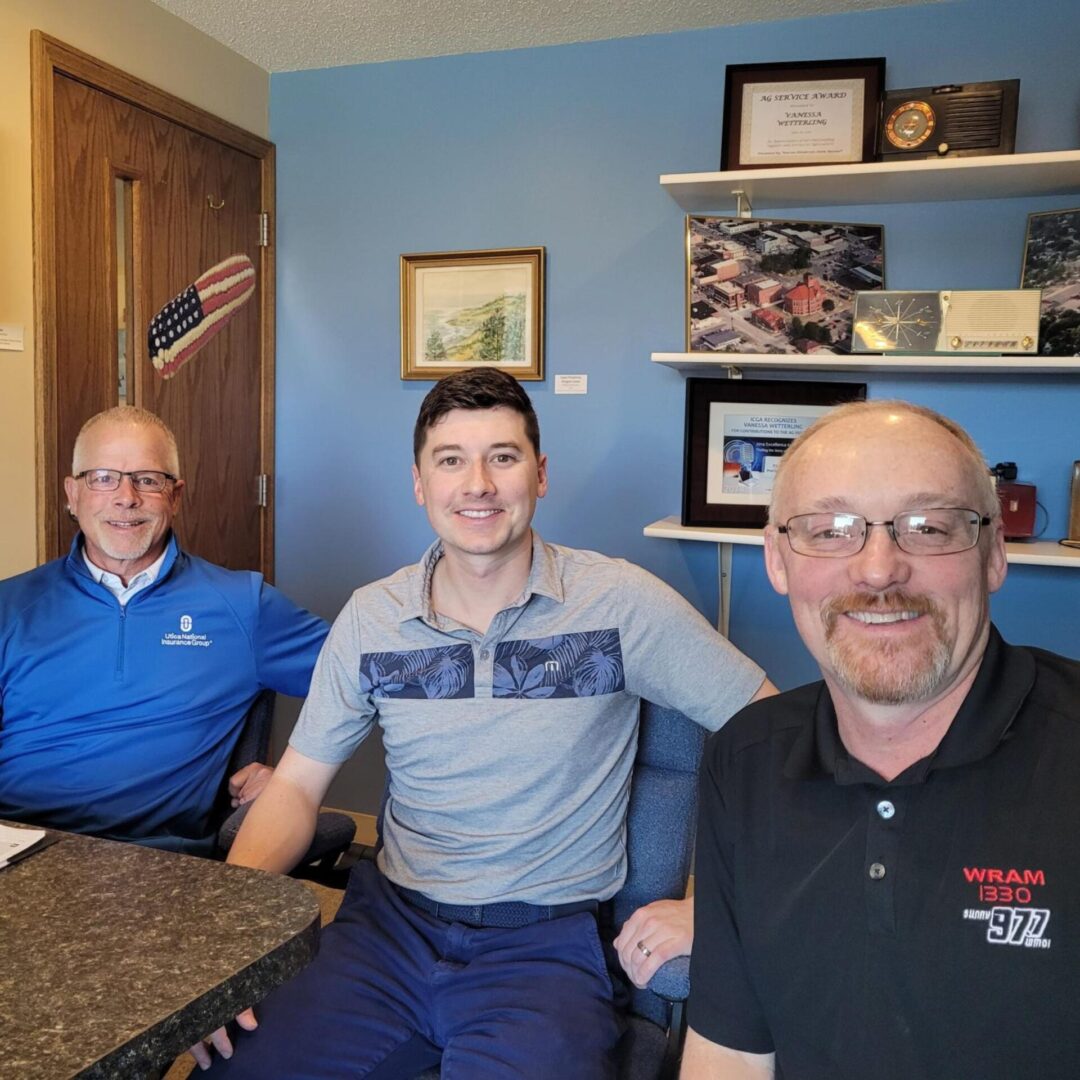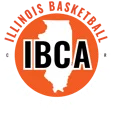by Thomas Best
You may recall that my program focused on one of the most pre-eminent historical walking tours—Boston’s Freedom Trail. Bathed in the spirit of liberty, this path features sites related to the famous ride of Paul Revere and the role of revolutionary leaders such as Samuel Adams and John Hancock. Today, I want to extend that lesson to better clarify the mythical tales surrounding the battles of Lexington and Concord.
Starting with the poem “The Midnight Ride of Paul Revere” penned by Henry Wadsworth Longfellow on the eve of the Civil War, there are fallacies in this poem’s narrative of April 18-19, 1775. For instance, Paul Revere was captured by the British before ever reaching his destination of Concord, where he was sent to warn the militia leaders of the approach of the British regulars for the purpose of capturing their military supplies. Likewise, Revere, was not a lone rider; in fact, he was aided by dozens of alarm riders. William Dawes, who actually preceded Revere’s famous gallop, was also aided by Samuel Prescott, who came to assist Revere, and was the only rider to make it to Concord.
This region is today encompassed by the Minute Man National Historical Park stretching from just beyond Lexington’s Green to the North Bridge at Concord. This area was a hotbed of revolutionary fervor and an increasing threat to British military rule in the months after the Boston Tea Party in December 1773 (and actually another lesser-known Boston Tea Party in 1774). These inflammatory events led to the British crackdown upon the Massachusetts colonial government through Parliament’s “Coercive Acts.” Labeled the “Intolerable Acts” by the colonists, the British military was ordered to close down trade in Boston Harbor, establish martial law, and required the quartering of troops in colonial homes. These revolutionary-minded people of Massachusetts—and a widening base of supporters across the colonies—responded with the convening of the First Continental Congress in Philadelphia, leading to the further protests and the training of the colonial defensive militias. Some of these men were the elite “minutemen”—mostly farmers whose economic livelihood and own liberties was perceived as threatened by increased taxation and these recent British restrictions. Therefore, events to turn back the British regulars west of Boston between April 18-19 were deeply rooted in longstanding antagonisms.
By the time Thomas Gage’s men of his majesty, King George III, approached Lexington in the pre-dawn hours of April 19, under the command of Lt Col. Francis Smith, this region was a powder keg of colonial unrest. The British determination to capture rebel leaders in hiding, such as Samuel Adams and John Hancock (who did escape), and seizure of the military supplies, principally gun powder, escalated the countryside’s anger. Receiving word of the approach of the British by 4:15 a.m., Captain John Parker called out the local militia with the clang of the town bell and the drum beat to arms. You should know that this was not the first time that British troops had marched into this vicinity; but typically, the militia gathered as a show of force on the Green and then dispersed. But this day felt different. Gathered in the approaching light of 5 a.m., Captain Parker, was of a mind to again show their resistance, and allegedly uttered these words: “Stand your ground, don’t fire unless fired upon, but if there means to be a war, let it begin here.” Others recalled it as “Let the soldiers pass by. Do not molest them without they begin first.” Seventy-seven men of the milita stood firm. Warned to lay down their arms and leave the grounds by the British commander John Pitcarin, Col. Parker notified his men that they should disperse to avoid further conflict. But unlike on previous expeditions, this time a musket shot rang out by a still yet unidentified colonist or British regular soldier. Within a few minutes, eight colonists lay dead with ten more were wounded. A melee ensued as the British infantry shot at retreating militia men. Those caught were often bayoneted. This show force of the British light infantry—some 700 professional soldiers who were volunteers, not draftees—were reorganized by the soon arriving, and disgusted, Lt. Col Smith, who did not want such undisciplined responses. Despite the unprecedented encounter, Smith ordered the regulars to march on to Concord.
By 7 a.m. the British infantry reached Concord and began ransacking homes and buildings searching and burning military supplies. From the hillsides, observing militia members believed that their homes were being set to the torch. Determined to stop further damage, about 9:30 a.m. they advanced to the North Bridge over the Concord River to confront the regulars. The British opened fire upon them and cut down two colonists. The militia officer ordered his him men to return fire and now British soldiers now fell dead as well. A simple monument next to the rebuilt bridge simply notes that here British soldiers are buried. By noon, the British regulars regrouped and began their march back to Boston. Enraged by scenes and an exaggerated story of a British massacre, a running battle ensued during the soldier’s hasty retreat. At places such as Meriam’s Corner, where the milita ambushed the British, and at the soon named “Bloody Angle,” exhausted and fearful British soldiers were cut down. By 2 p.m., Captain Parker, from the early fight at Lexington, took his own revenge upon struggling Redcoats for having bayonetted his cousin to death. Finally, at 3 p.m., the regulars heard cannon fire from approaching reinforcements. Despite the British reinforcements, just 90 minutes later, newly-arrived militia blocked British retreat at Menotomy. Firing by the militia, some from various home’s windows, was met with vengeance by the British infantry, which included the ransacking of homes and attacking clandestine shooters. More men from both sides died here than at any other site that day. By 6 p.m., the British soldiers stumbled back into Charleston. By the end of that week, tens of thousands of new miltia men called up from across New England, crowded around Boston and began a siege of the British army that would extend beyond the Battle of Bunker Hill (really Breed’s Hill) that June. For nearly a year, the militia would have the British surrounded in Boston. And now, with Virginia’s George Washington in charge, a Continental Army was formed.
By the time the fighting at from Lexington and Concord and was over, of the some 4,000 militia men (men of ages of mostly 16 to 60) who served on this day, at least 49 militia members were dead and 41 were wounded. Of the 1,700 British soldiers who fought, 73 regulars were dead and 174 more returned wounded. We don’t know all their individual names but we do know that on April 19, Hannah Davis watched her husband, Isaac, depart to join his fellow militia members, such as Abner Hosmer, who later stood in defiance with Isaac. In less than three hours, Isaac and Abner were dead—shot down at the North Bridge—where Ralph Waldo Emerson coined the poetic phrase about the “Shots Heard Round the World” for the start of the Revolutionary War.
Today, if you are an enthusiast for the history of the opening shots of the Revolutionary War, you must make the trek along the roads and hiking trails from Lexington to Concord. Along the way, you can hike the original road covered by the British on the way between Lexington and Concord, and visit some of the eleven “witness houses” that existed here in 1775. This trek is both inspiring and sometimes eerie as you stand at sites where musket balls and bayonets ended men’s lives amidst town greens and along rocky-forested lanes.
Thank you for your interest. Next week, I will discuss another pivotal Revolutionary War fight—the Battle of Saratoga, New York.



